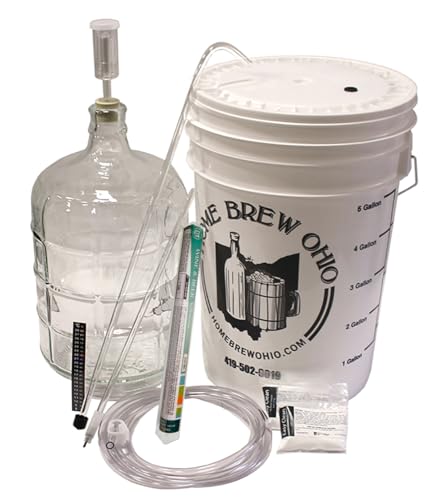When we built our house in the mid-90's, about half of new construction planted Bradford Pears. We didn't, as our lot is heavy wooded and the builder planted only ornamental shrubs in front of the house.
A few years later we were told that planting of the tree was banned in Wake County (where Raleigh NC is). I have not been able to confirm that, but we don't see them in new construction, so it may be correct. Generally speaking, we only see older ones, and not that many of them.
About 15 years ago a neighbor had a couple of big ones -- we had a wind storm and one of them essentially disintegrated. He spent 2 weeks cleaning up the mess, as the tree was honestly in chunks. A couple of years later he cut the other one down, controlling the mess.
While searching for confirmation of the ban, I found this:
https://forestry.ces.ncsu.edu/2023/02/nc-bradford-pear-bounty/
A few years later we were told that planting of the tree was banned in Wake County (where Raleigh NC is). I have not been able to confirm that, but we don't see them in new construction, so it may be correct. Generally speaking, we only see older ones, and not that many of them.
About 15 years ago a neighbor had a couple of big ones -- we had a wind storm and one of them essentially disintegrated. He spent 2 weeks cleaning up the mess, as the tree was honestly in chunks. A couple of years later he cut the other one down, controlling the mess.
While searching for confirmation of the ban, I found this:
https://forestry.ces.ncsu.edu/2023/02/nc-bradford-pear-bounty/












































